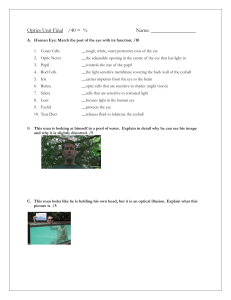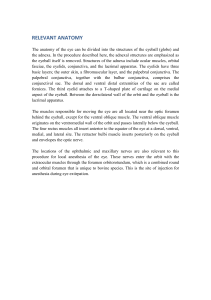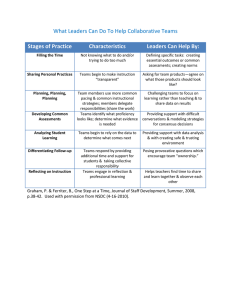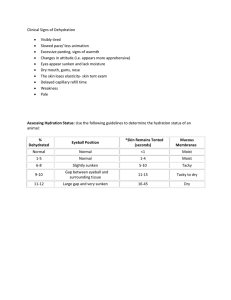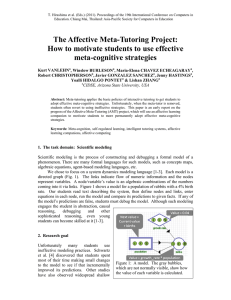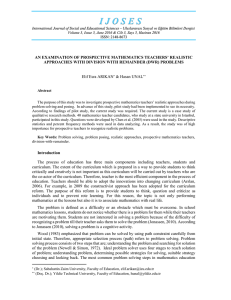Constructivist Practices
advertisement
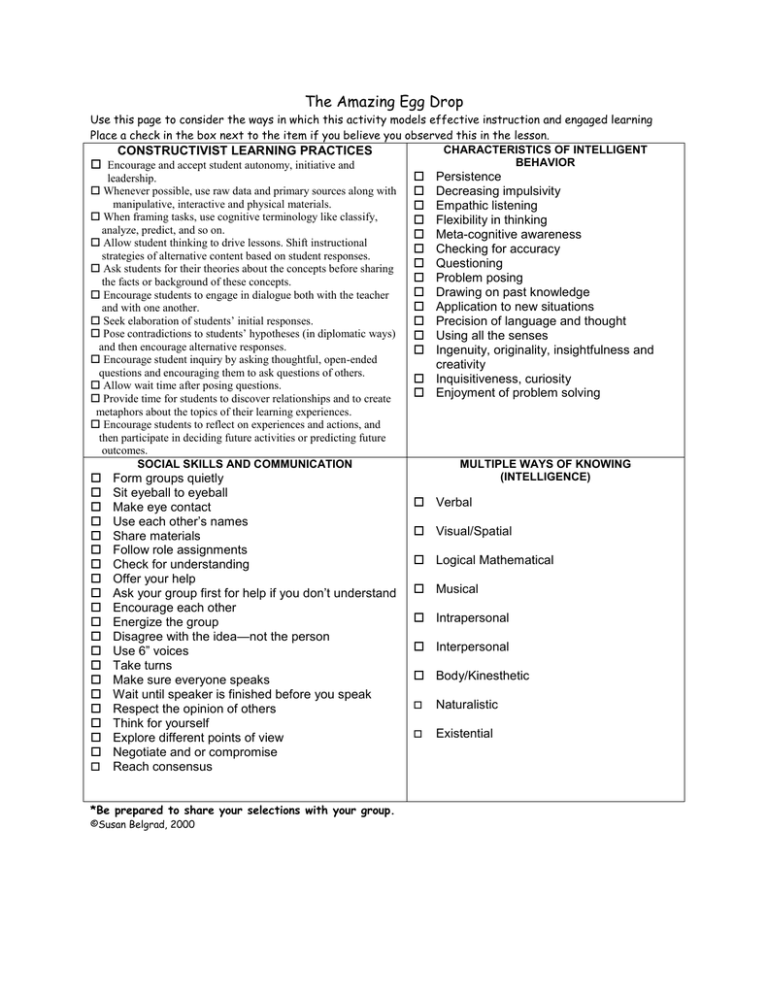
The Amazing Egg Drop Use this page to consider the ways in which this activity models effective instruction and engaged learning Place a check in the box next to the item if you believe you observed this in the lesson. CHARACTERISTICS OF INTELLIGENT CONSTRUCTIVIST LEARNING PRACTICES BEHAVIOR Encourage and accept student autonomy, initiative and Persistence leadership. Whenever possible, use raw data and primary sources along with Decreasing impulsivity manipulative, interactive and physical materials. Empathic listening When framing tasks, use cognitive terminology like classify, Flexibility in thinking analyze, predict, and so on. Meta-cognitive awareness Allow student thinking to drive lessons. Shift instructional Checking for accuracy strategies of alternative content based on student responses. Questioning Ask students for their theories about the concepts before sharing Problem posing the facts or background of these concepts. Drawing on past knowledge Encourage students to engage in dialogue both with the teacher Application to new situations and with one another. Seek elaboration of students’ initial responses. Precision of language and thought Pose contradictions to students’ hypotheses (in diplomatic ways) Using all the senses and then encourage alternative responses. Ingenuity, originality, insightfulness and Encourage student inquiry by asking thoughtful, open-ended creativity questions and encouraging them to ask questions of others. Inquisitiveness, curiosity Allow wait time after posing questions. Enjoyment of problem solving Provide time for students to discover relationships and to create metaphors about the topics of their learning experiences. Encourage students to reflect on experiences and actions, and then participate in deciding future activities or predicting future outcomes. SOCIAL SKILLS AND COMMUNICATION MULTIPLE WAYS OF KNOWING (INTELLIGENCE) Form groups quietly Sit eyeball to eyeball Make eye contact Use each other’s names Share materials Follow role assignments Check for understanding Offer your help Ask your group first for help if you don’t understand Encourage each other Energize the group Disagree with the idea—not the person Use 6” voices Take turns Make sure everyone speaks Wait until speaker is finished before you speak Respect the opinion of others Think for yourself Explore different points of view Negotiate and or compromise Reach consensus *Be prepared to share your selections with your group. ©Susan Belgrad, 2000 Verbal Visual/Spatial Logical Mathematical Musical Intrapersonal Interpersonal Body/Kinesthetic Naturalistic Existential


